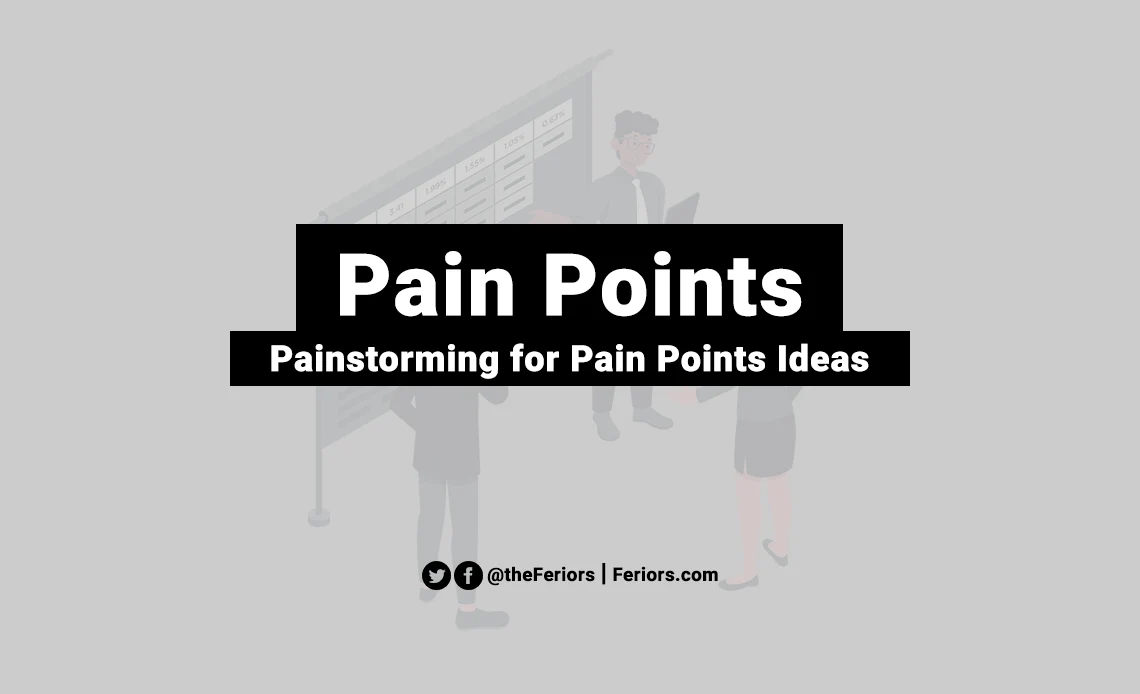What is Pain Point
Pain points are any problems that inconvenience or annoy the customer, pain points may be a persistent or recurring problem that the customer may experience along the customer journey. However, not all customers will be aware of the pain point they are encountering.
The important thing about the customer pain point is it is a customer’s problem that needs to be solved, and your product provides a solution. No matter what industry you are in, the products and services are designed to solve the customer pain points.
The company’s product wouldn’t work if the company didn’t have a clear understanding of the challenges that the target customers face.
Finding customer pain points allows the company to start thinking about how to position your business or product as a solution to your potential customer’s problems and what it takes to keep them happy. That’s why you need to look at your customers’ pain points in a holistic way and present your business not only as a solution to a particularly problematic pain point but also as a reliable partner who can help solve many problems.
Pain Point Example
Every company creates a product or service to solve a specific customer problem. Customers may have specific pain points that your product or service is trying to solve, notwithstanding, the customers may not even know they have a problem.
Apple AirTag is a good pain point example and how Apple fix this pain point for their customers and potential customers. Apple AirTag is a tracking device developed by Apple, it acts like a key finder, which helps people find personal objects.
An Apple AirTag solves the customer pain point of misplacing something like a wallet or key by just tracking attached stuff with an iPhone or iPad.
Painstorming for Customer Pain Points Ideas
Painstorming is all about generating the customer pain points by gathering ideas about problems that the customers and the potential customers are encountering. The more you know what keeps them awake at night, and what worries them, the better you can talk about their needs.
The company (or marketing team) needs to dig deeper by painstorming to fully understand where your customers are coming from and what your customers are thinking by asking detailed questions, to get a broader picture of your customers’ negative experiences. To understand what your customers struggle with on a daily basis and what keeps them struggling rather than brainstorming for something broad.
Then the company needs to start thinking about how to position the business unit or create a new product as a solution to the potential customer’s pain point and what it takes to keep them happy.
In case when you don’t know where to start, there are many types of pain points, but in general, the customer pain points can be categorized into 4 categories:
- Financial pain point is when the customers feel their current solution is too expensive.
- Productivity pain point is when the customers must spend too much time on the current solution.
- Process pain point is when the customers feel their process is inefficient. Put it simply, it is too difficult to use.
- Support pain point is when the customers feel they aren’t receiving proper help during the buying process. The most common support pain point is no answer to the potential customer in anything.




